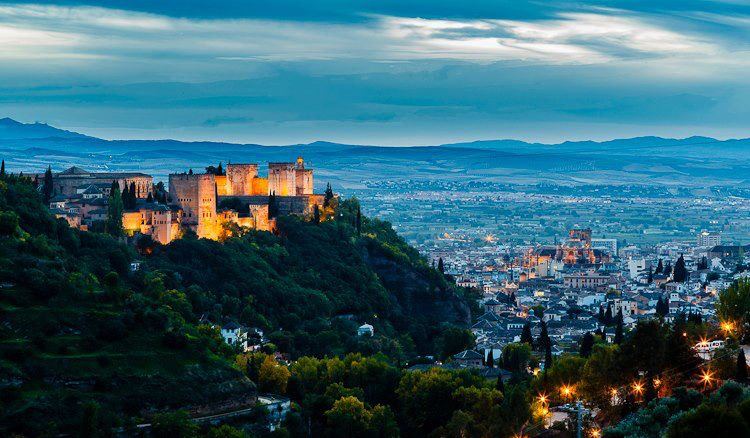"Lest we forget, the Jews played a vital role in the glorious Nasrid kingdom of Granada that reigned from the 1200s to 1492 built on peaceful Christian, Muslim and Jewish coexistence. The aptly named 'palace of the forgotten', which opened in January 2014 in the Albayzín revisits this oft-ignored Jewish legacy. It's the second and best of Granada's new Jewish-related museums with seven rooms filled with attractively displayed relics (scrolls, costumes and ceremonial artifacts) amassed from around Spain.
A well-versed guide takes you round the exhibits."
lonelyplanet.com
Read more: http://www.lonelyplanet.com/spain/granada/sights/museums-galleries/palacio-de-los-olvidados#ixzz3QHr64QlK
"The Palace of the Forgotten (Palacio de los Olvidados) is a palace from the XVI c. also known as the Palace of Santa Inés. Is one of the few aristocratic houses from the Albaycin that is still in perfect conditions. It is thought that the house belonged to a “converso” that wanted to erase his Jewish past, that is why the coats of arms from the facade are destroyed.
Close to the Alhambra and to the “Carrera del Darro” this 500 year building is now a cultural space where the magnificent art collection from the family Crespo López is shown with the intention to remind us the great importance that the Jewish culture had in Spain, and in particular, in Granada.
Through the six rooms where the pieces are distributed, the visitor can view the different periods of the Jewish history in Spain, always with the illustrative help of one of the guides from the Palace.
The creation of the Palace of the Forgotten (Palacio de los Olvidados) started with then private initiative of the family Crespo López, responsibles of the discovery, preservation and restoration of the Synagogue of the water (Sinagoga del Agua) of Úbeda (Jaén). This is an unique building that with under the management of Artificis has become an important reference about the Sephardic culture in that city, World Heritage by the UNESCO." (palaciodelosolvidados.com/en/)
will encounter to prove that they were "normal" Christians to the Spanish Inquisition. Some will keep symbols and traditions (hidden), others will be forgotten forever."
palaciodelosolvidados.com/en/
"The Origins of the Alhambra as a Jewish Fortress
“Out of fear of the [increasingly-hostile] populace, Yusuf [ibn Naghrillah] moved from his house to the citadel (qasaba)…moreover, it is suspected that he had built for himself the Alhambra fortress (al-Hamra’) with a view to taking refuge there with his family…” This sentence, mentioned in passing, provides important evidence about the origins of the fortress-palace complex of the Alhambra. It seems, then, that the magnificent structure of the Alhambra owes its origins, at least in part, to a Jewish vizier. Moreover, as Abd Allah ibn Buluggin emphasizes, it became prominent because of its strategic location as a place of refuge for the elite from a potentially-hostile populace. Quite significant is the identification of the fortress by name as al-Hamra (Alhambra) which shows that it was known by this name almost two centuries before the advent of the Nasrids. The name (meaning “The Red Fortress”) probably stems from the red-colored brick which was used to construct it.
There is definitely a lot more that can be said about the role of Samuel HaNagid and his son Joseph in establishing the Alhambra as a fortified palatial residence in Granada, which was transformed from a village into an illustrious capital under the patronage and rule of the Zirids and these two Jewish viziers. Indeed, it is not without tragic irony that the infamous Edict of Expulsion, which ended the legal existence of Judaism in Spain, was signed by the Catholic Monarchs in 1492 in the very same Alhambra."
ballandalus.wordpress.com



























No comments:
Post a Comment